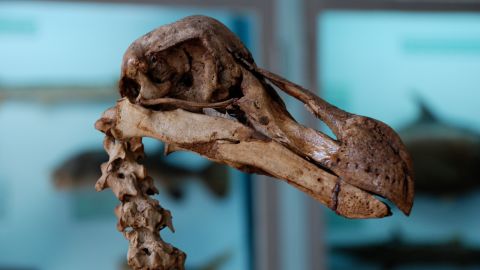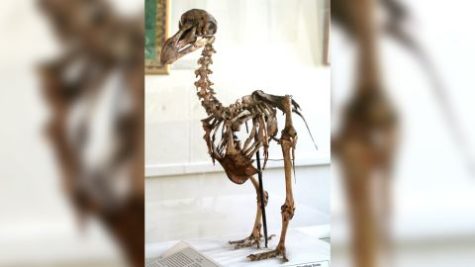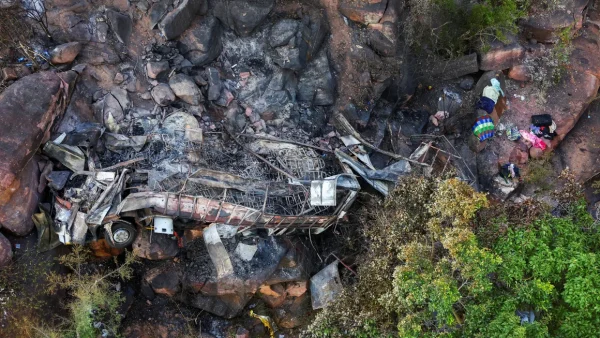Scientists Want To Bring Back The Dodo
Possible Threat To Ecosystems

February 14, 2023
Scientists from the University of California are planning to bring the ancient Dodo bird back from extinction. The Dodo bird, according to Britannica, “weighed about 23 kg (about 50 pounds). It had blue-gray plumage, a big head, a 23-cm (9-inch) blackish bill with reddish sheath forming the hooked tip, small useless wings, stout yellow legs, and a tuft of curly feathers high on its rear end.” A CNN article posted by Katie Hunt on the 31 of January 2023, said, “Now, a team of scientists want to bring back the dodo in a bold initiative that will incorporate advances in ancient DNA sequencing, gene editing technology, and synthetic biology. They hope the project will open up new techniques for bird conservation.” The flightless bird used to be living on the island of Mauritius in the Indian Ocean until the late 17th century. Sailors arrived on the island and brought them species that were on the island like rats and they also hunted on the island, which led to their extinction in just a few decades. The scientist now wants to bring back the bird in an initiative that will have advances in ancient DNA sequencing, gene editing technology, and synthetic biology.

“We’re clearly in the middle of an extinction crisis. And it’s our responsibility to bring stories and to bring excitement to people in a way that motivates them to think about the extinction crisis that’s going on right now,” said Beth Shapiro on CNN, a professor of ecology and evolutionary biology at the University of California. Shapiro is the lead paleogeneticist at Colossal Biosciences, which is a biotechnology and genetic engineering start-up founded by Ben Lamm and George Church. They say they have already started the process by extracting Dodo bird remains in Denmark.
There are many challenges that will be hard to overcome while bringing back an extinct species. The work needed to bring back a dead animal is very hard to do. However, the article by Katie Hunt at CNN also said, “Shapiro said she hopes to adapt an existing technique used involving primordial germ cells, the embryonic precursors of sperm and eggs, that has already been used to create a chicken fathered by a duck.” This approach includes removing primordial gem cells from an egg, cultivating them in a lab and editing them with desired genetic traits, then ejecting them back into the egg. Bringing back an extinct animal may also cause problems in ecosystems in the world today, if the extinct animal is not kept away from big ecosystems then it might be completely destroyed by the animal. This has happened many times in today’s world and it can be catastrophic.













